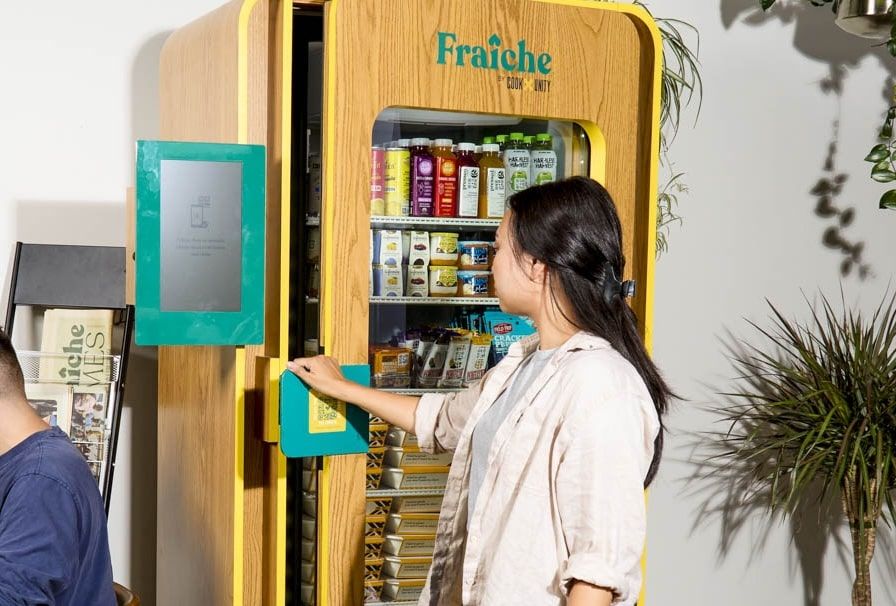5 New Corporate Dining Trends to Embrace: How Cafeteria-style Lunch Is Evolving

Related Articles

Healthy alternatives to office vending machines snacks
Find healthy snack alternatives employees will truly eat and learn how the Office Smart Fridge helps companies improve workplace wellness with fresh options.

CookUnity Business |
Recipe created on: 12/10/2025

How senior care teams can support residents who stop eating or sleeping well
Learn why seniors may stop eating or sleep excessively and how care teams can assess risk early and support residents with safe, clinically aligned nutrition.

CookUnity Business |
Recipe created on: 12/9/2025

Advantages of diabetes-friendly home delivered meals
Diabetes-friendly home delivered meals provide clinically aligned nutrition, support blood sugar control, reduce daily burden, and improve long-term health outcomes.

CookUnity Business |
Recipe created on: 12/8/2025